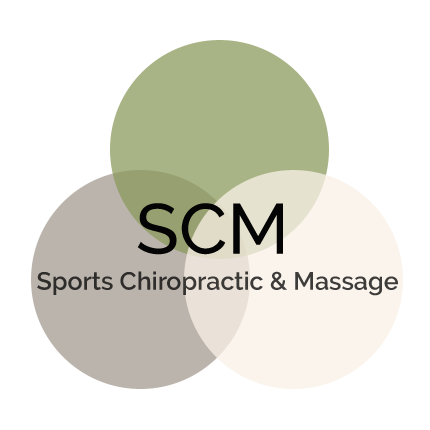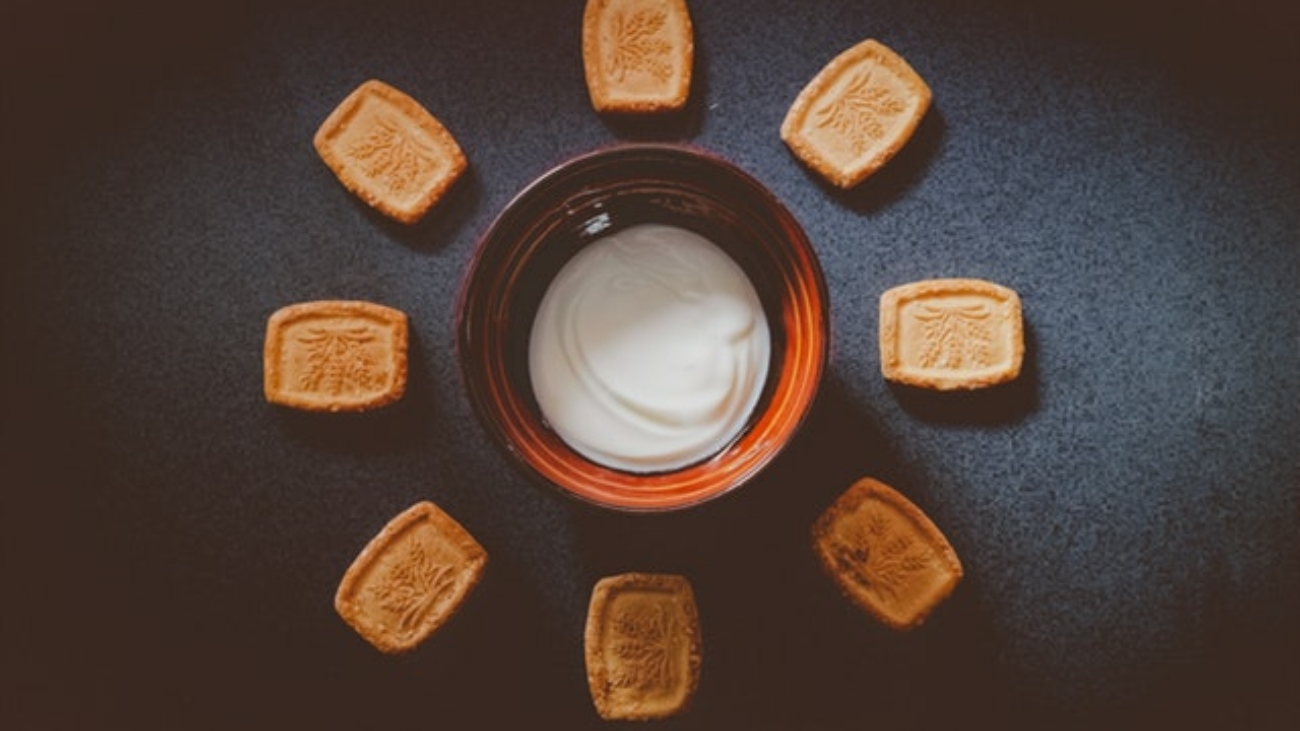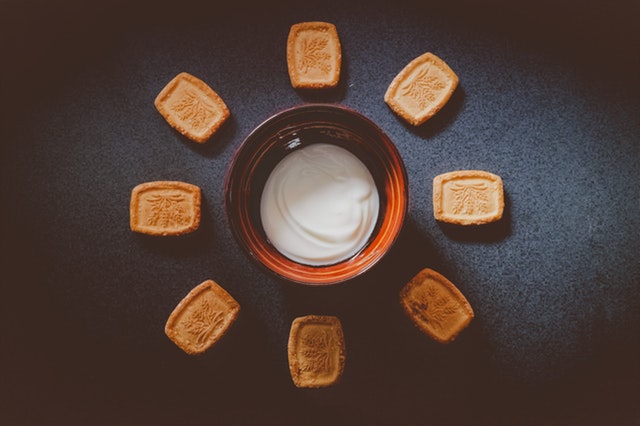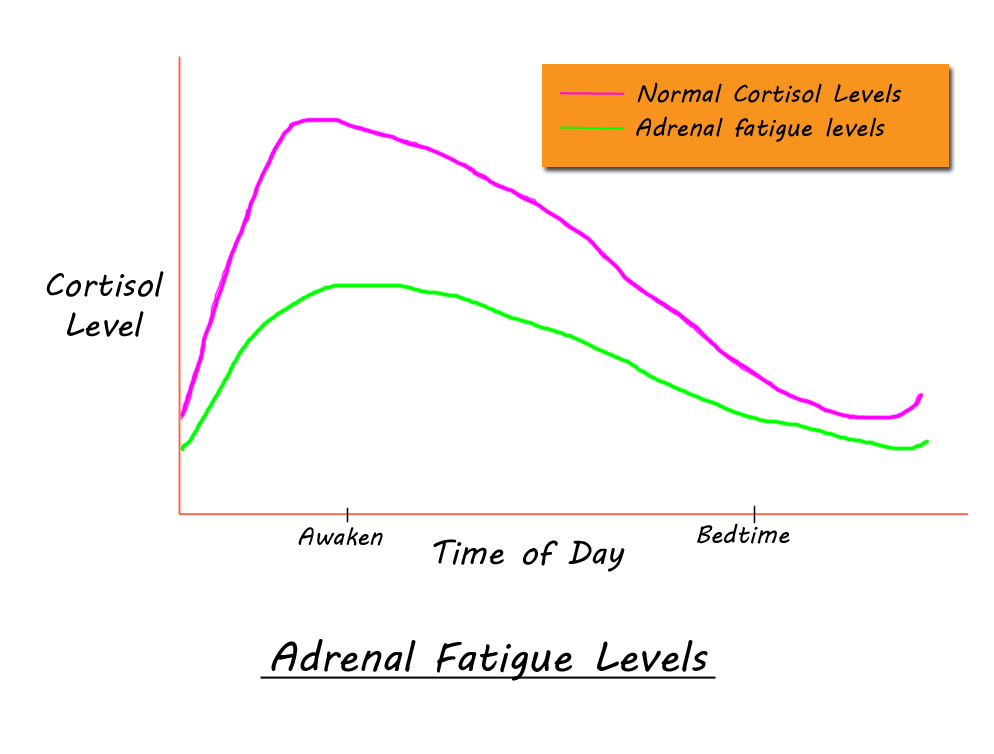You have literally trillions of microbes – bacteria, fungi, viruses, even parasites – all living together in your gastrointestinal tract. Together they create a virtual ecosystem. This is known as your microflora. This “Garden Within,” under certain conditions, will shift out of balance. This mimics how a garden becomes overgrown with the wrong plants or weeds. When that happens, we say a person has dysbiosis.
1. Microbial Overgrowth
An overabundance of “bad,” typically inflammatory, bacteria, or too much yeast takes first place as cause for an intestinal overgrowth. An unwelcome virus or parasite can also cause an overgrowth imbalance.
To treat this type of dysbiosis Western practitioners prescribe medication (usually antibiotics) to kill unwanted bacteria, parasites, or yeast. Dr. Smith prefers using gentler, broad-spectrum antimicrobial herbs to weed the internal garden. Also, probiotics and fiber-rich foods encourage growth of the good while getting rid of the bad.
2. Microbial Undergrowth
3. Microbes Settling in the Wrong Place
Living microbes are wanted, but we need them to live where they belong. Sometimes they take up residence in places where they cause problems. Most frequently, this type of dysbiosis is SIBO (Small Intestinal Bacterial Overgrowth). SIBO occurs when the gastrointestinal microbiome has shifted from primarily growing and thriving in the large intestines (the colon) to taking up residence in the small intestine in too great a number. This tends to cause digestive problems and bloating, but can be silent as well. Herbs and antibiotics are the go-to for treating SIBO.
Dysbiosis as the Root Cause of Seemingly Unrelated Disorders
It surprises many patients that other symptoms, including those that on the surface seem to have nothing to do with the gut, may also be tracked back to dysbiosis. We are becoming more and more aware of the impact our microbiome has on our whole being – our whole health – and our disease processes.
Here are a few examples:
- Hormonal imbalance – we know that certain bacteria encourage an imbalance in hormones.
- Autoimmune diseases show clear links to overgrowth of some bacteria.
- Joint aches and pains can be caused by leaky gut, which is usually a consequence of some kind of imbalance in the gastrointestinal microbiome.
- Neurological and psychiatric disease is being traced back to problems with our microbes.
- Weight loss resistance is often a consequence of over (or under) growth of the bacterial flora.
Basically, any inflammatory process can be traced back to the gut. Inflammatory processes in the body result in the deposition of scar tissue in the fascia. Scar tissue in fascia often results in pain syndromes. Dr. Smith treats the pain from scar tissue with a combination of chiropractic, massage and fascia-specific modalities.
How did you get dysbiosis?
There are many reasons we harbor the microbes we do. Our developing microbiome begins at birth – it is different if we are vaginally delivered or born via c-section, for instance. Our food choices (throughout our lives) affect our microbiome, as does any antibiotics we might have taken. Other medications, both prescription and over the counter, also affect the microbiome.



















